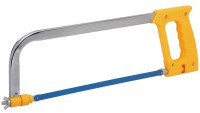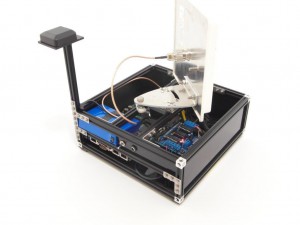We would like to share with you a work-in-progress, but still an inspiring project: creating a PCB and component holder, which is designed to make soldering easier.
The project is running in the hands of Mark Swinhoe, and he shared with us a little background about it.
“This little tool was inspired by how expensive professional PCB holders are, and how they immediately reminded me of MakerBeam. The holder allows you to angle the component, and use the mounting holes to keep it in place.
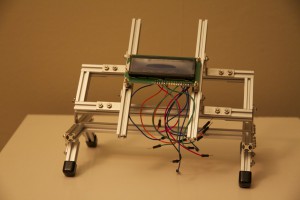
The vertical beams can be easily loosened for different width of components and the PCB standoffs slide up-and-down the vertical beams for height adjustments. If you need more space from the vertical bars, then you can add another set of standoffs on top of the existing ones, or just attach longer standoffs. The components are held really well with MakerBeam, and it has a very solid base.” – (by Mark Swinhoe)

Mark, thanks for sharing it with us. We wish you more fun with it and a successful result. We hope, that we can see your robot running-around soon.
Team MakerBeam
 Tinkerforge it’s RED Brick is great with MakerBeam. RED bricks will spark your imagination. These bricks offer you easy functionality in sensors and electronics.
Tinkerforge it’s RED Brick is great with MakerBeam. RED bricks will spark your imagination. These bricks offer you easy functionality in sensors and electronics.
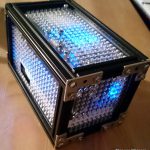 ally the last sensor (co2) makes fun in meetings.
ally the last sensor (co2) makes fun in meetings.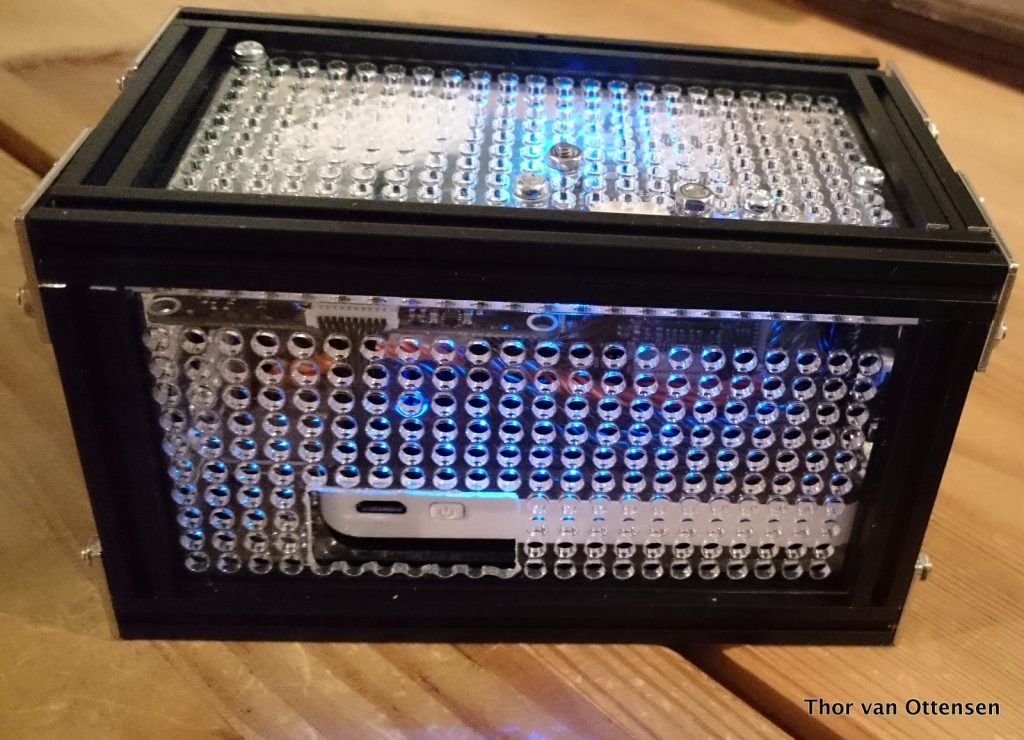
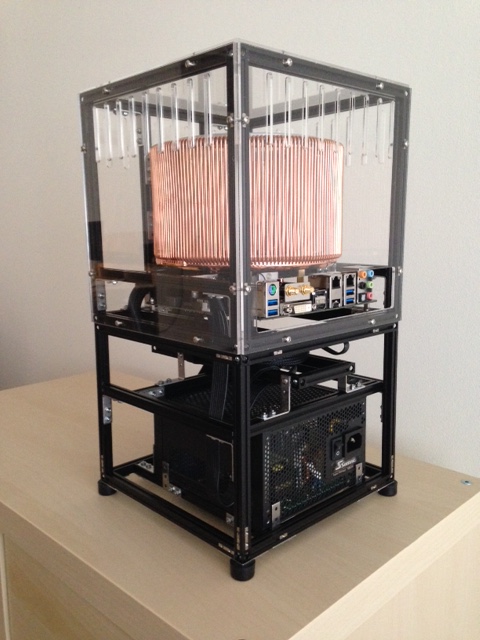
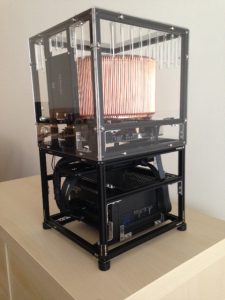
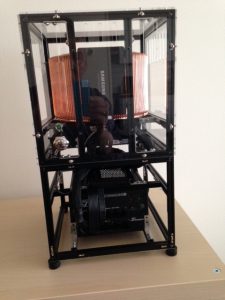
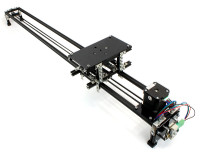 You can move video and photo-cameras on a slider to make attractive recordings. Moving time-lapse recordings with a DSLR or arbitrary video-camera movements are the main applications of the kit. The kit can also be used for completely different purposes where linear motion is needed (see end of the video below).
You can move video and photo-cameras on a slider to make attractive recordings. Moving time-lapse recordings with a DSLR or arbitrary video-camera movements are the main applications of the kit. The kit can also be used for completely different purposes where linear motion is needed (see end of the video below).

